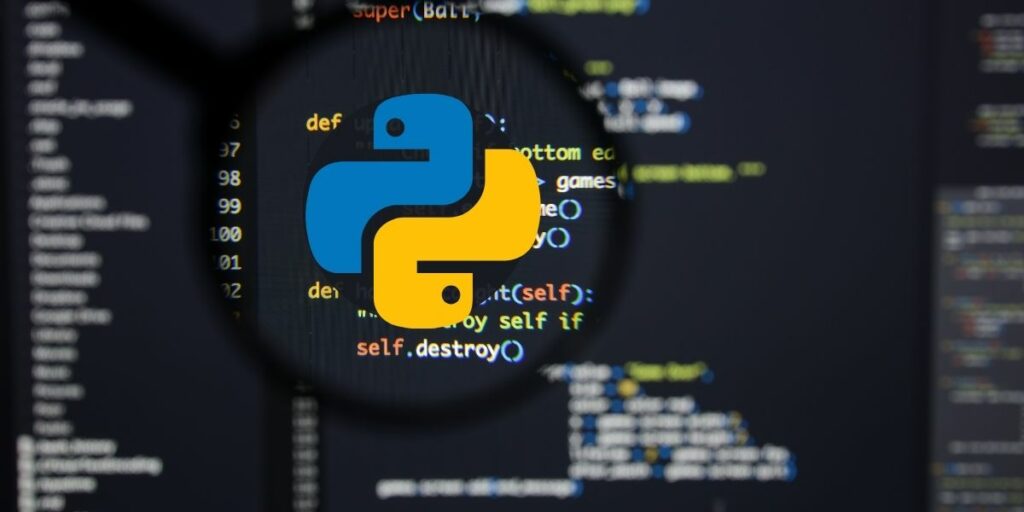
Applied Data Science Coding with Python: LR Algorithm
The Logistic Regression (LR) algorithm is a method for classification in machine learning. It is used to model the probability of a certain class or event occurring, given the values of certain features or inputs.
The LR algorithm starts by finding the best set of coefficients that describe the relationship between the features and the target variable. These coefficients are chosen so that they maximize the likelihood of the observed data. The algorithm then uses these coefficients to make predictions about the class or event for new data points.
In order to use the LR algorithm, you need to have a dataset that includes both the input data and the labels or outcomes. You also need to decide on the features or inputs that will be used to make the predictions.
There are several libraries available in Python to implement the LR algorithm, such as scikit-learn, NumPy, and Pandas. These libraries provide pre-built functions and methods to build, train and evaluate a LR model.
It is important to note that LR algorithm assumes that the relationship between the features and the target variable is linear and that the data is independent and identically distributed (IID). Therefore, it’s important to check these assumptions before applying LR algorithm. If the relationship between the features and the target variable is not linear, the model might not work well. Also, if the data is not IID, the model might not generalize well to new data points.
In summary, the Logistic Regression (LR) algorithm is a method for classification in machine learning. It models the probability of a certain class or event occurring, given the values of certain features or inputs. There are several libraries available in Python to implement the LR algorithm, and it’s important to check the assumptions of the algorithm before applying it and make sure the relationship between the features and the target variable is linear and the data is independent and identically distributed.
In this Applied Machine Learning & Data Science Recipe (Jupyter Notebook), the reader will find the practical use of applied machine learning and data science in Python programming: How to apply LR Algorithm.